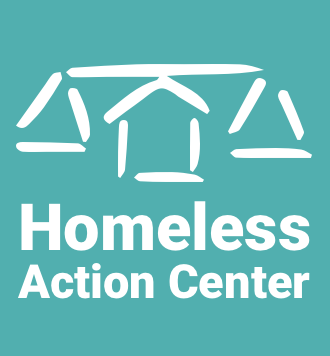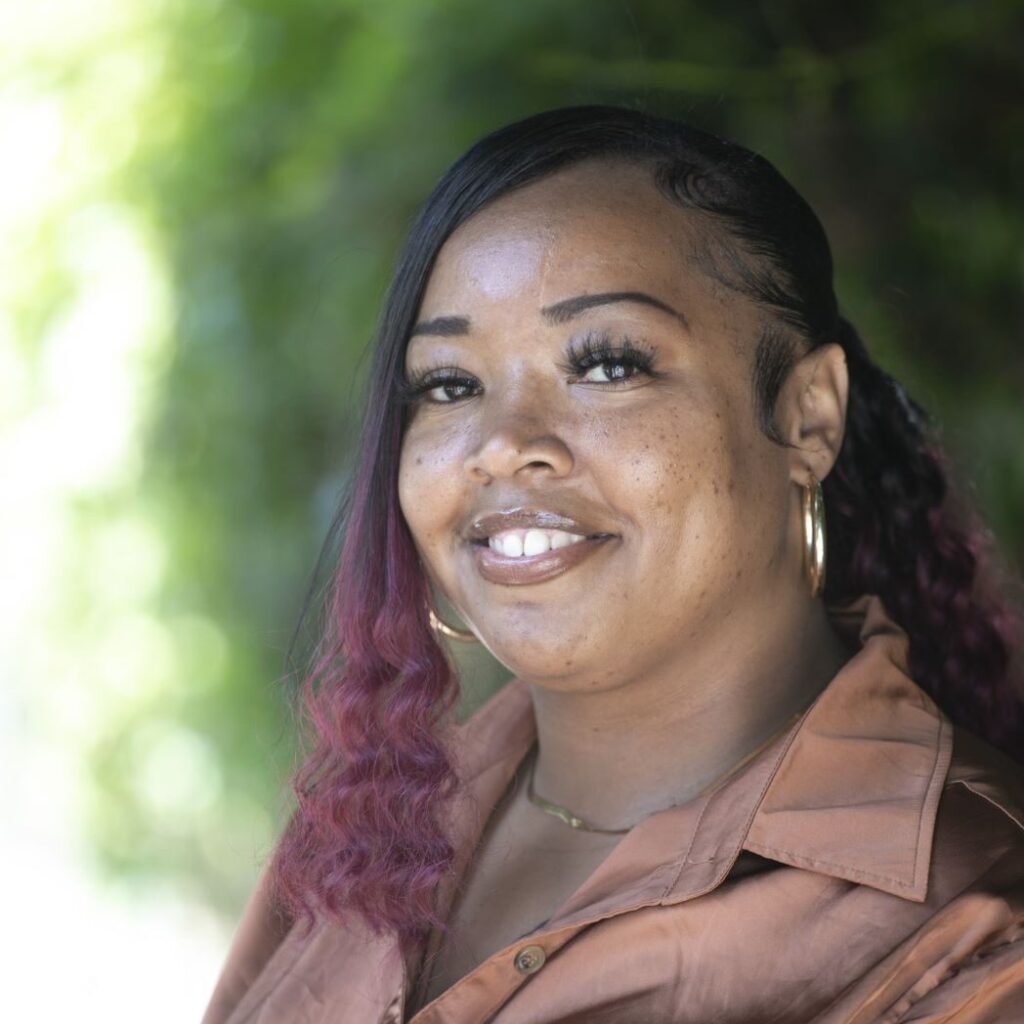By Ashley Davis, HAC Safe Haven Director
Welcome to Almost Home, the Homeless Action Center’s Safe Haven housing program funded by the California Housing and Disability Advocacy Program (HDAP) and our first residential housing program!
Almost Home is unlike other programs, as we are not a typical shelter or transitional housing program. In Alameda County there are only 24 shelter beds for participants in the legal advocacy process of applying for Social Security Income (SSI) while awaiting permanent supportive housing. Seven of those 24 beds are at Almost Home.
The project focuses on helping participants stabilize their lives, increasing their chances of getting into permanent housing and providing a place for them to live while working on increasing their income. In addition to single individuals, Almost Home provides shelter for domestic couples, as well as registered sex offenders. The goal of the program is to create a barrier-free environment, with clear boundaries for residents that holds them accountable for any behavioral challenges.
Selection of Participants for Almost Home
Not everyone who is homeless or has a pending SSI case will qualify for Safe Haven housing. There is a rather tedious selection process operated by Alameda County Behavioral Health Care Services which results in participants being referred to HAC for placement at Almost Home.
As part of the selection process for the Safe Haven beds at Almost Home, participants must complete a Coordinated Entry assessment with one of the Alameda County housing needs assessors. They must score an 80 or above and be an enrolled client with an SSI advocacy provider, such as HAC, Bay Area Legal Aid, or Alameda County Social Service’s internal unit.
Each participant who has been referred for a Safe Haven bed at Almost Home has 48 hours within which to agree to become a participant in the program. Due to program requirements – detailed below – and the unique setting, Almost Home may not be the best fit for every homeless individual in Alameda County pending SSI approval, even if the person is determined to be high-need based on the coordinated entry assessment.
Barriers, Boundaries, and Behavior
Almost Home is a voluntary program offered to participants. The Almost Home facility has a program agreement signed by all individuals agreeing to stay in the facility. Participants agree to obey all rules and regulations of the Safe Haven space until they are matched to permanent supportive housing in Alameda County.
Most Almost Home participants come to the facility from encampments, shelters (including respite housing), incarceration, or other unsheltered, uninhabitable situations. Each participant comes with their own unique set of challenges. Some of the common challenges we regularly see are severe mental health issues and substance abuse disorder, including alcohol disorder. A few of the behavior challenges we have experienced include participants sneaking in outside guests, which is not permitted, cleaning challenges with participants’ rooms, couples’ disagreements, and other unpredictable behaviors, such as participants hoarding items into their rooms. To guide our approach to these issues, Almost Home uses a harm reduction model with all enrolled participants, as is true throughout HAC.
To guide our approach to participants’ issues, Almost Home uses a harm reduction model.
When dealing with this set of challenges, Almost Home staff must continue to hold firm boundaries – especially because in a Safe Haven facility, if you make an exception for one person, you most likely will have to do the same for another person. Staff are there to support each participant with the reintroduction of everyday living skills, which may have been lost during time living an unsheltered homeless existence. We reintroduce participants to tasks such as cleaning, cooking, doing laundry, and support with scheduling appointments. For individuals who continue to display behavior challenges, we reach out to collaborating partner agencies for assistance in supporting the participant.
In the words of Tiana Jackson, HAC Program Aide at Almost Home, “We believe in delivering a higher level of care to support our participants, not just talking about it. We are committed to treating our participants and each other with dignity and respect within a home culture that fosters excellence in all that we do.”
Life after Almost Home
Since Almost Home opened in January 2023, our focus has been on working with residents to move them into permanent supportive housing. Our experience shows that this can take anywhere from five days from the time they arrived at Almost Home, to one year. Of course, the length of time is fully based on the unit availability and the housing needs of the individual seeking permanent supportive housing.
When an individual is matched to a potential permanent supportive housing placement, the assigned Almost Home staff or the HAC Housing Navigator involved speak with the participant to make sure this is a good fit based on lifestyle, environment, and unit size. Usually, a participant may pass up a match three times before the match attempts are documented for county purposes. The application and housing process can be very overwhelming to participants. Often, onsite staff work with the participant to complete the application, including making sure that unanswered questions are responded to and getting all required signatures.
Almost Home staff work with participants to complete applications for permanent supportive housing placement.
In 2023, Almost Home graduated seven individuals into permanent supportive housing. Each participant was matched to housing that best fitted their housing needs. Most sites that participants are matched to provide ongoing case management to support participants’ transition from homelessness to being housed – a transition that can take up to two years for an individual to complete, depending on the participant’s past experiences and abilities.
Almost Home also provides support to former participants up to six months after they leave our Safe Haven housing, including during the move-in process: purchasing toiletries, paying for laundry if a former participant is low on funds, providing dinner entrées, or even getting them a microwave, garbage can, or bedroom dresser.
During the past year-plus, we have learned that life after Almost Home can be very difficult, but also rewarding and successful for all participants who have graduated from the Almost Home facility into permanent supportive housing. Almost Home has received visits from former participants and most of them share a variety of emotions that they experienced when entering permanent housing alone. We know that creating a great deal of support for the graduated participant is vital to them succeeding in their new home.
Our Message after One Year of Operations
Almost Home is a year old! In this last year, we have grown and learned so much from the participants and staff on this site. We have faced many challenges but continued to push forward. So far, we have hosted 17 individuals in Almost Home. In some cases, we have supported individuals at the lowest point in their lives. I respect each individual participant that has stayed in the Almost Home facility. With encouragement, accountability, respect, dignity, and everyday living skills, we continue into 2024 – and hope to see more beds for SSI advocacy clients in Alameda County in the near future.

